Table of Contents
What Is Chili Spice?
Chili spice, also known as red pepper powder or chili powder, is a ground spice made from dried chili peppers. It's a staple in global cuisines, adding heat, flavor, and depth to dishes. Chili peppers originated in Central and South America over 7,000 years ago, with archaeological evidence showing domestication as early as 5000 BCE. Spanish and Portuguese explorers introduced them to Europe, Africa, and Asia in the 15th and 16th centuries, transforming global culinary traditions.
The heat in chili peppers comes from capsaicin, a compound that binds to pain receptors in the mouth and throat. Scientific research shows capsaicin has anti-inflammatory properties, may boost metabolism, and can provide pain relief. The Scoville scale measures chili heat intensity, ranging from mild bell peppers (0 Scoville Heat Units) to extremely hot peppers like the Carolina Reaper (over 2 million SHU).
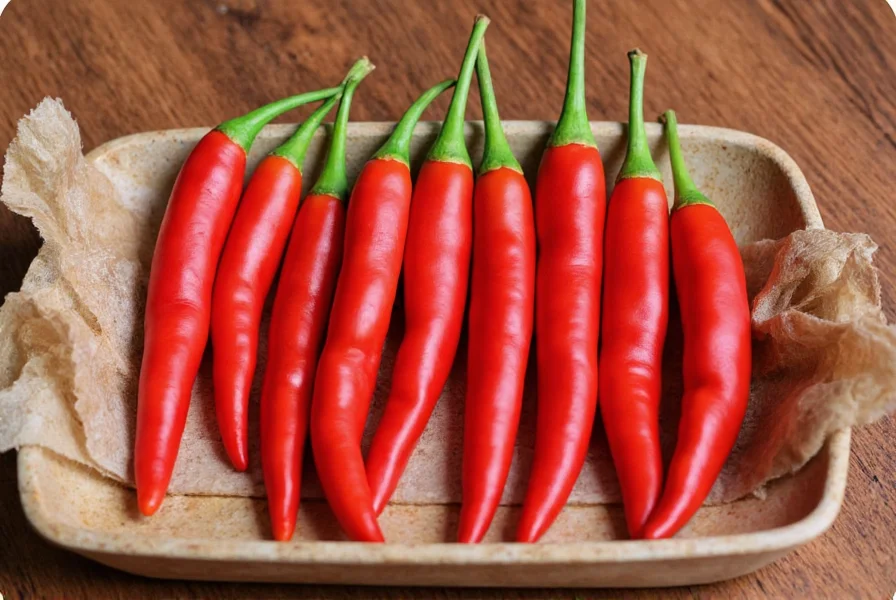
Types of Chili Spices
Chili spices vary significantly in flavor, heat, and culinary applications. Here's a detailed breakdown of the most common varieties:
| Chili Type | Scoville Heat Units | Flavor Profile | Best Culinary Uses |
|---|---|---|---|
| Ancho | 1,000-1,500 | Mild, fruity, raisin-like | Mexican sauces, stews, mole |
| Guajillo | 2,500-5,000 | Medium, tangy, slightly sweet | Marinades, salsas, adobo |
| Cayenne | 30,000-50,000 | Hot, pungent, sharp | Hot sauces, spice blends, seasoning |
| Chipotle | 2,500-8,000 | Smoky, medium heat, earthy | Barbecue sauces, chili, adobo |
| Habanero | 100,000-350,000 | Very hot, fruity, floral | Hot sauces, salsas, jerk seasoning |
| Thai Bird's Eye | 50,000-100,000 | Intense heat, citrusy | Thai curries, stir-fries, dipping sauces |
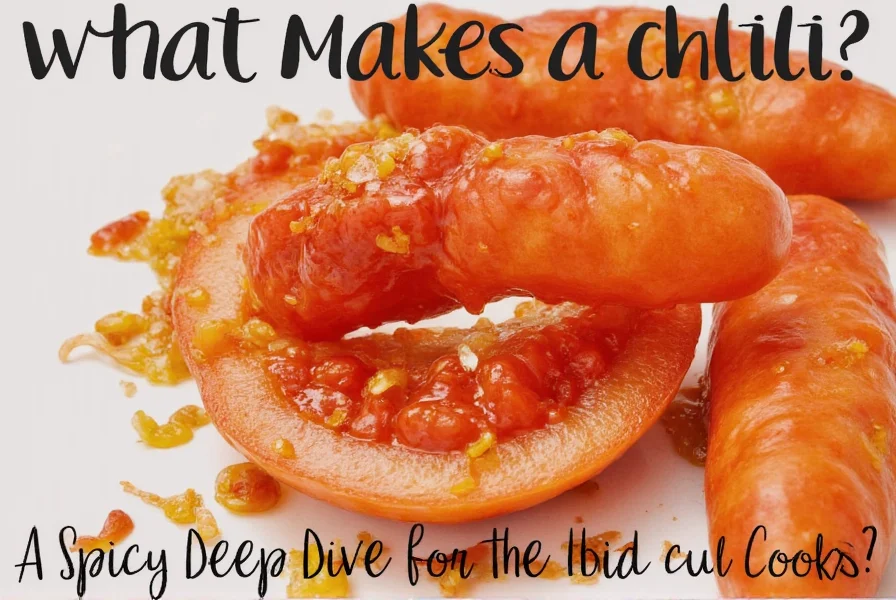
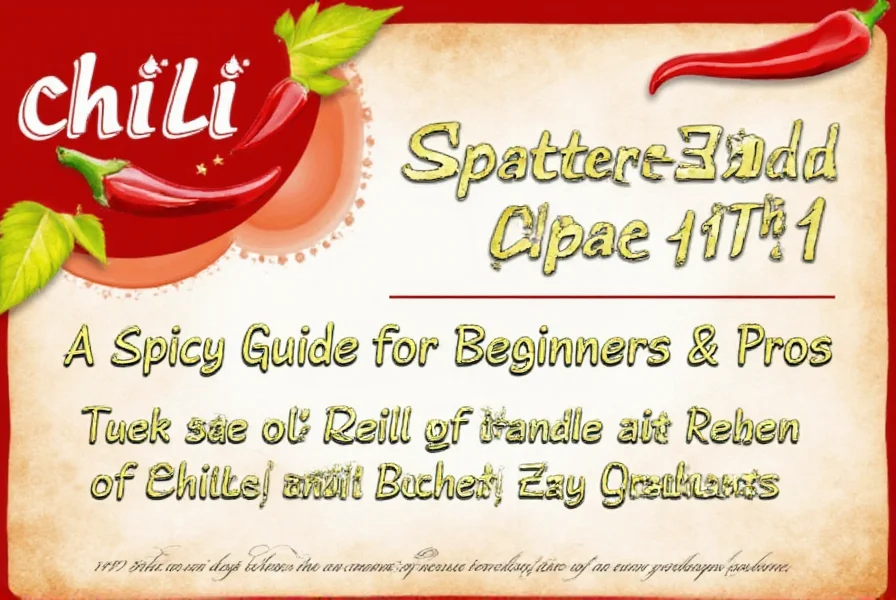
Practical Tips for Using Chili Spice
Here are professional chef techniques for maximizing chili spice in your cooking:
Recipe Example: Chili-Spiced Roasted Vegetables
Ingredients:
- 2 cups mixed vegetables (carrots, bell peppers, zucchini)
- 1 tbsp olive oil
- 1 tsp ancho chili powder
- 1/2 tsp cumin
- 1/4 tsp smoked paprika
- Salt to taste
Instructions:
- Preheat oven to 400°F (200°C)
- Toss vegetables with olive oil, spices, and salt
- Spread on a baking sheet in a single layer
- Roast for 25-30 minutes until tender and slightly charred
This recipe showcases how ancho chili powder adds complex flavor without overwhelming heat, while smoked paprika enhances the smoky notes.
Key Techniques:
- Toast whole spices: Toasting whole dried chilies before grinding releases essential oils and intensifies flavor
- Balance with acid: Add lime juice or vinegar to counteract excessive heat
- Layer flavors: Add chili powder at different cooking stages for complex flavor profiles
- Use in moderation: Start with 1/4 teaspoon per serving and adjust to taste
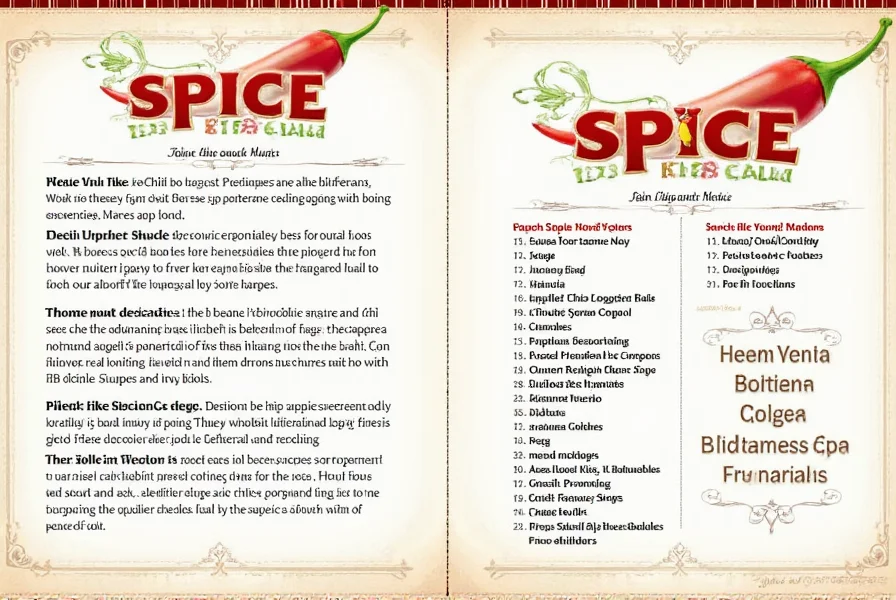
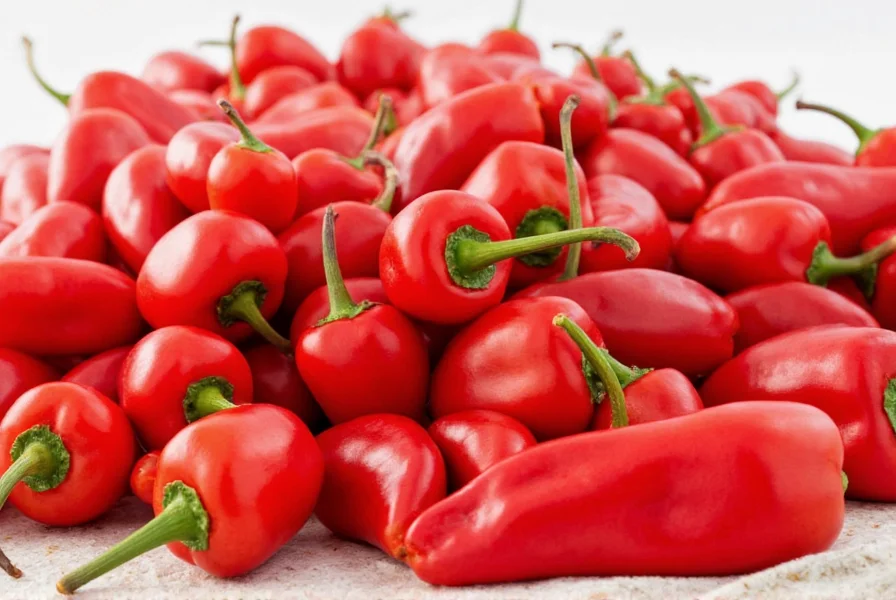
Health Benefits & Risks
According to the American Heart Association, moderate consumption of chili peppers may provide cardiovascular benefits due to their antioxidant properties (source: American Heart Association, 2023). Scientific research shows:
- Anti-inflammatory properties: Capsaicin reduces inflammation markers in the body
- Metabolism boost: Studies show capsaicin can increase metabolic rate by up to 5%
- Pain relief: Topical capsaicin is used for neuropathic pain management
- Vitamin C source: Chili peppers contain more vitamin C per ounce than oranges
Potential risks include:
- Stomach irritation for those with sensitive digestive systems
- Heartburn or acid reflux in susceptible individuals
- Overconsumption may cause temporary gastrointestinal discomfort
Buying Guide: How to Choose the Best Chili Spice
When purchasing chili spice, consider these professional criteria:
- Appearance: Look for vibrant color without discoloration or clumping
- Aroma: Fresh chili spice should have a strong, pleasant scent
- Origin: Check for country of origin information (e.g., New Mexico for Hatch chilies)
- Processing: Prefer stone-ground over industrial processing for better flavor retention
- Expiration date: Most chili spices retain optimal flavor for 6-12 months when stored properly
For specific culinary applications:
- For Mexican cuisine: Look for ancho, guajillo, or chipotle varieties
- For Thai cuisine: Seek out Thai bird's eye chili powder
- For Indian cuisine: Choose Kashmiri red chili powder for color and mild heat
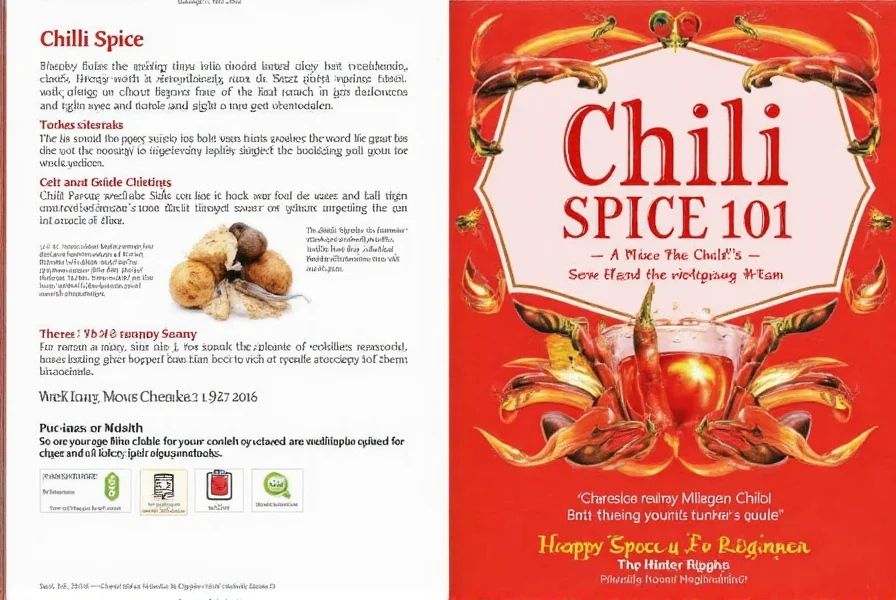
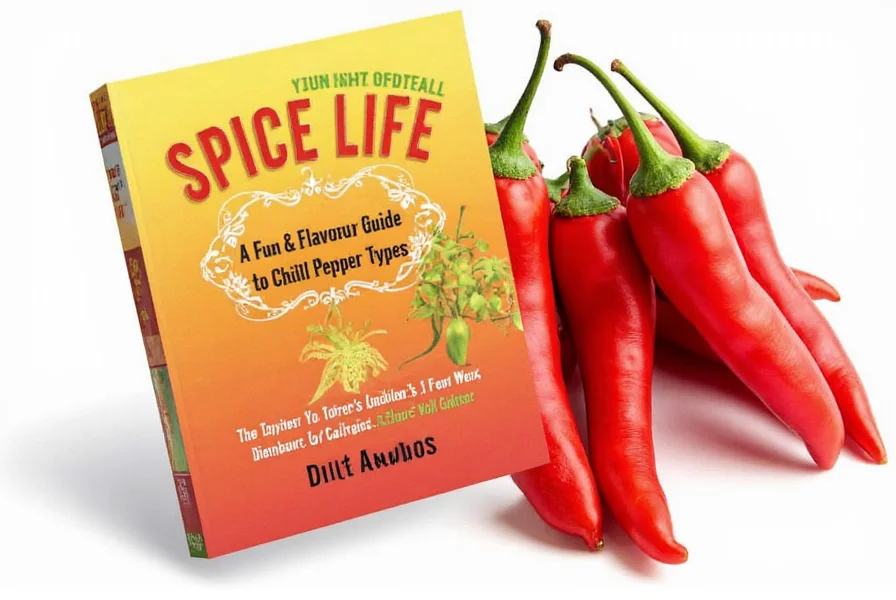
Frequently Asked Questions
What exactly is chili spice made of?
Chili spice is primarily made from ground dried chili peppers. Pure chili powder contains only dried, ground chilies without additives, while chili seasoning blends combine multiple spices for complex flavor profiles. Commercial blends often include cumin, garlic powder, oregano, and salt. The specific composition varies by brand and regional tradition.
How does chili spice compare to fresh peppers in terms of heat?
Ground chili spice is typically more concentrated than fresh peppers since water content has been removed. One teaspoon of chili powder generally equals 1-2 fresh medium-hot chilies. The heat level varies significantly by type—mild ancho powder versus extremely hot cayenne—and diminishes over time as capsaicin degrades. Proper storage can maintain potency for up to 12 months.
Can I substitute chili powder for fresh chilies in recipes?
Yes, but with adjustments. Use 1 teaspoon chili powder for every 1-2 fresh chilies called for in a recipe. Remember that dried spice provides concentrated heat without moisture, so you may need to add liquid. For smoky flavors like chipotle, use smoked paprika as an alternative when fresh smoked peppers aren't available. For heat intensity, cayenne powder is approximately 5 times hotter than regular chili powder.
How should I store chili spice to maintain freshness?
Store chili spice in an airtight container away from light, heat, and moisture. A cool, dark cupboard works best—never above the stove. Properly stored, it retains optimal flavor for 6-12 months. Avoid refrigeration as humidity causes clumping. To test freshness, rub a small amount between fingers; if the aroma is weak or musty, it's time to replace. For long-term storage, freeze in an airtight container.
Is chili spice the same as cayenne pepper?
No. Cayenne pepper is a specific type of chili spice made solely from ground cayenne peppers, known for its consistent high heat (30,000-50,000 Scoville units). "Chili spice" or "chili powder" typically refers to blends containing multiple chili varieties and complementary spices, offering milder, more complex flavors than pure cayenne. Cayenne is generally hotter and more pungent than standard chili powder blends.
Conclusion
Chili spice is a versatile ingredient with rich cultural history and scientific significance. From its origins in ancient Mesoamerica to its global culinary impact today, chili peppers have transformed food traditions worldwide. Understanding the different types, proper usage techniques, and health implications allows you to harness their full potential in cooking. Whether you're a home cook or professional chef, incorporating chili spice thoughtfully can elevate your dishes with complex flavors and health benefits.
Next time you reach for chili spice, remember this isn't just about heat—it's about flavor, history, and science working together to create memorable culinary experiences.
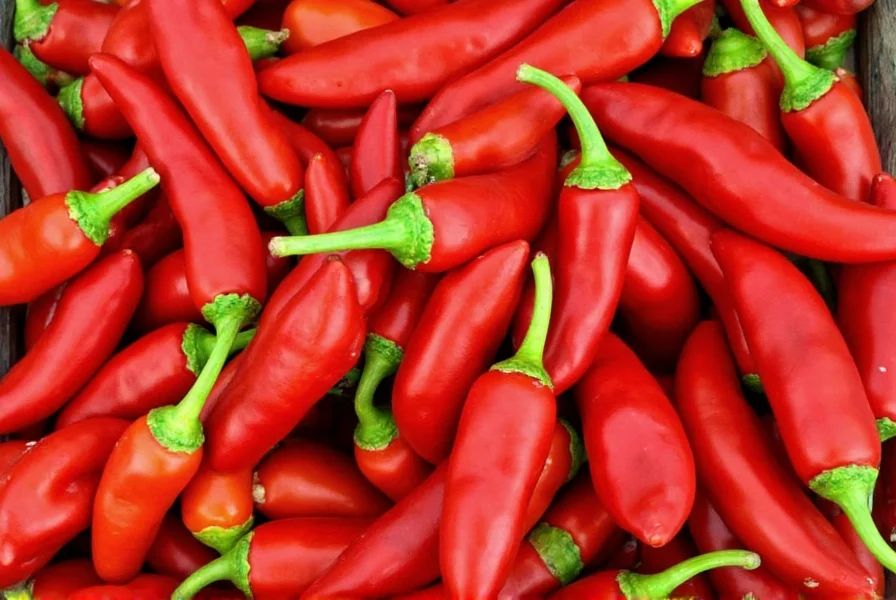

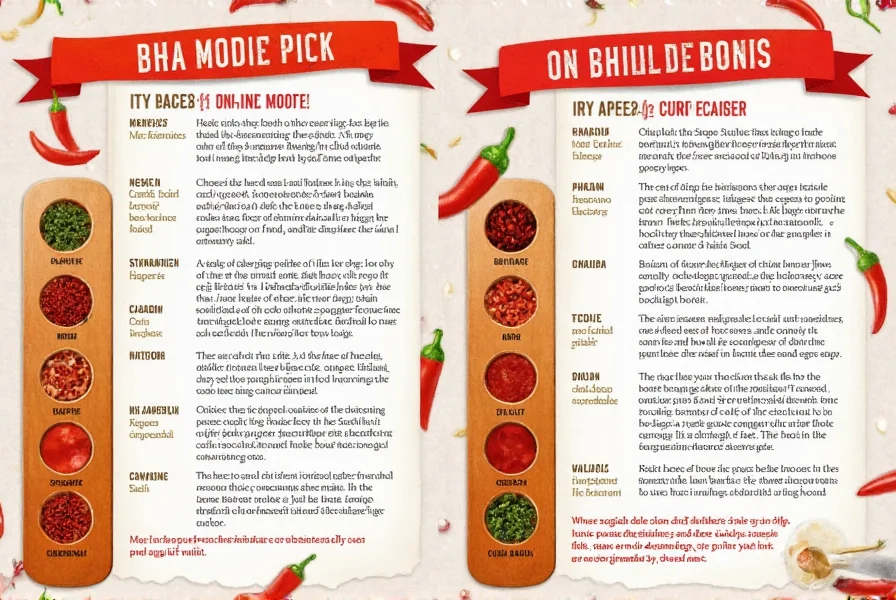









 浙公网安备
33010002000092号
浙公网安备
33010002000092号 浙B2-20120091-4
浙B2-20120091-4